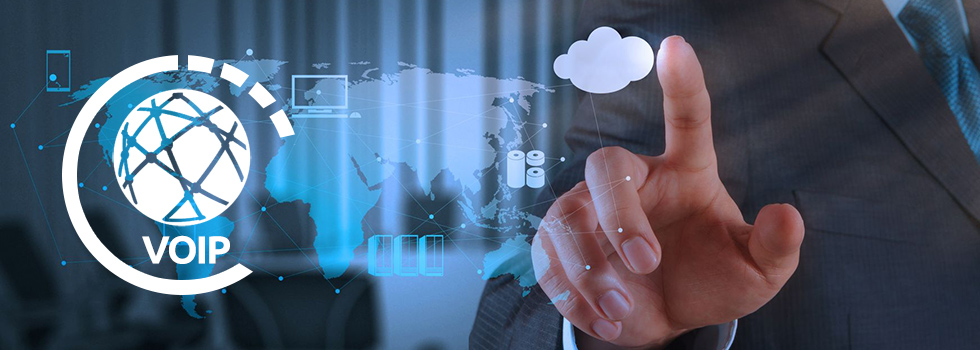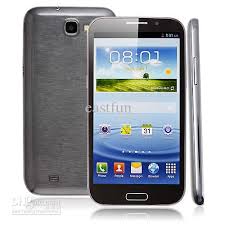The smartphone has become an essential part of our lives, with their usage increasing for all types of digital communication, but how often do you use your phone for work? There are many examples of smartphone being used, not simply for a telephone call, but as the hub for a multitude of business transactions.
According to Pews Research Center, over two thirds of US citizens now own a smartphone, with around 7% of that figure having no other regular means of accessing on line services. You can see from these figures that the phone is now a vital tool in the daily life of many, and what they are accessing, particularly for business reasons is interesting.
- With the workforce becoming more mobile and home workers on the increase, a digital time clock system has been developed by Clockspot, which allows employees to “clock in” via mobile phone or any internet connected device. It also provides GPRS tracking for the employer, allowing them instant access to their worker’s position.
- Along with tracking, GPRS supplies up to date mapping information across the country, with traffic updates to avoid accidents and traffic jams. The result of this technology is reduced journey times, lower fuel costs and less chance of becoming lost which is surely a business advantage.
- Business orientated information can be accessed directly via cell phone, meaning the need for cumbersome hardware such as laptops can be reduced significantly.
New Technologies
With smartphones becoming more powerful, they are now able to access and manipulate some of the latest technology available via the cloud. Virtual tops and virtual graphics processing units can now be utilized using comparatively simple mobile devices and there are a number of advantages to this.
- Portability – Traditionally CAD (Computer Aided Design) has relied upon highly powered desk top units, but with the advent of the cloud and its new vGPU facilities, they are no longer necessary.
- Access – With all the information on a project being kept in cloud servers, it can be accessed and worked upon anywhere. Design changes no longer need to be carried out at the office, they can be incorporated on-site, instantly.
- Costs – With high powered laptops and PC’s unnecessary, and the ability to buy as much or as little vGPU time you require, the cost of a project is likely to be less and chances of damaging expensive hardware while on site can be minimized.
The future – The Smartphone
We have touched on future usage with the vGPU however, technology moves quickly in this sector and with each generation of phone becoming more powerful, it is difficult to predict what will happen next. There are now systems that are capable of monitoring the sugar levels of a diabetic and informing them of when they need to take insulin. Other systems can monitor the general health of heart patients and predict potential problems. In other areas, if your car breaks down, a smartphone connected to the vehicles diagnostics will phone the pick-up company and provide a report on the problem.
The opportunities for smartphones in your daily life is only limited by the imagination of the developers and they will undoubtedly be a vital business tool for the foreseeable future.
Author Bio
Wendy Dessler
Title: Super-Connector at OutreachMama
Wendy is a super-connector with OutreachMama who helps businesses find their audience online through outreach, partnerships, and networking. She frequently writes about the latest advancements in digital marketing and focuses her efforts on developing customized blogger outreach plans depending on the industry and competition.
Photo: http://www.outreachmama.com/wp-content/uploads/2016/07/Wendy-Dessler.jpg
Twitter Handle: @outreachmama
Twitter URL: https://twitter.com/outreachmama
Website URL: http://www.outreachmama.com/





